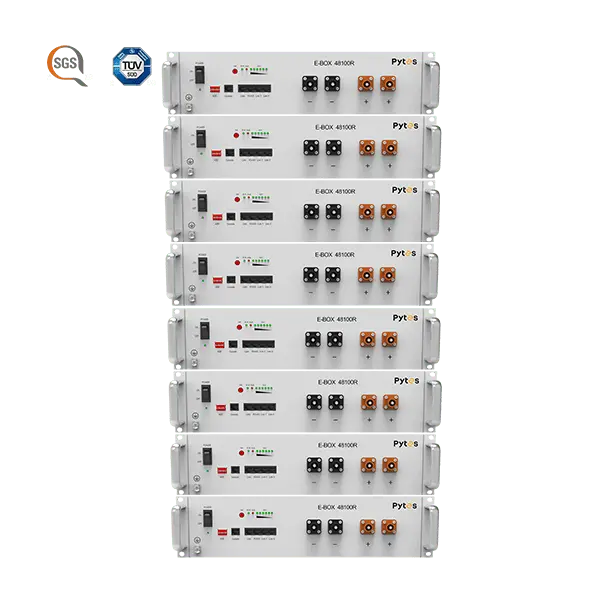
As the global shift toward clean energy and efficient power storage accelerates, the choice of battery technology has become more critical than ever. Among the competing chemistries, LFP batteries (Lithium Iron Phosphate) are increasingly emerging as the preferred solution across residential, commercial, and industrial applications. When compared to traditional lead-acid batteries and ternary lithium batteries (such as NMC or NCA), LFP offers a range of superior benefits that make it a long-term, sustainable, and safe energy storage option.

One of the most significant advantages of LFP batteries is thermal and chemical stability. Unlike ternary lithium batteries (which use Nickel, Manganese, and Cobalt), LFP batteries are far more resistant to overheating and thermal runaway, reducing the risk of fire or explosion.
Lead-acid batteries can produce hydrogen gas, which is highly flammable.
Ternary lithium cells are more energy-dense but more volatile.
LFP is inherently stable and ideal for residential and enclosed space installations.
LFP batteries offer impressive longevity, with cycle lives exceeding 6000+ cycles at 80% Depth of Discharge (DOD).- significantly outperforming both lead-acid and ternary lithium batteries.
Lead-acid: 500–800 cycles
Ternary lithium: 1000–2000 cycles
This durability translates into lower long-term cost per kWh, making LFP more economical over time, especially for daily use in energy storage systems.
LFP batteries support deeper discharge rates without significant degradation, and they maintain a round-trip efficiency of over 95%.
Lead-acid batteries should not be discharged beyond 50% to preserve lifespan.
Ternary lithium batteries handle moderate depth, but with faster wear.
LFP can regularly be discharged to 80–90% without compromising performance.
This means more usable energy per charge and better returns on every cycle.
LFP batteries excel in wider temperature ranges, making them suitable for both hot and cold environments.
Lead-acid: performance drops sharply in cold conditions
Ternary lithium: sensitive to high temperatures
LFP: works reliably between -20°C and 60°C, depending on the BMS design
For off-grid solar systems or remote industrial sites, this resilience is critical.
Sustainability is a key factor in modern battery selection.
Lead-acid: Contains toxic lead and sulfuric acid, difficult to recycle cleanly.
Ternary lithium: Relies on cobalt, often linked to unethical mining practices.
LFP: Free from cobalt and heavy metals, and more environmentally benign.
In short, LFP batteries align better with the values of eco-friendly and ethical energy usage.
Thanks to their modular design, lightweight structure, and strong durability, LFP batteries are highly adaptable to a wide range of energy storage applications.
Residential solar energy storage
Commercial and industrial backup power
Off-grid systems and microgrids
EVs, RVs, and marine power storage
Pytes: A Leading Force in LFP Battery Innovation
Pytes is one of the leading manufacturers in the LFP battery space, offering advanced lithium iron phosphate energy storage solutions for global markets. Their products, such as the E-Box and V-Box series, are engineered for safety, durability, and ease of integration. With full-stack R&D and manufacturing capabilities, Pytes empowers homes and businesses to transition to clean, stable energy.